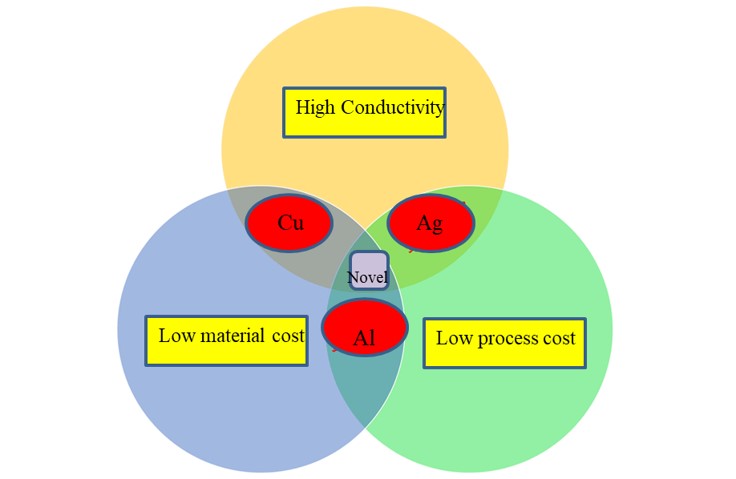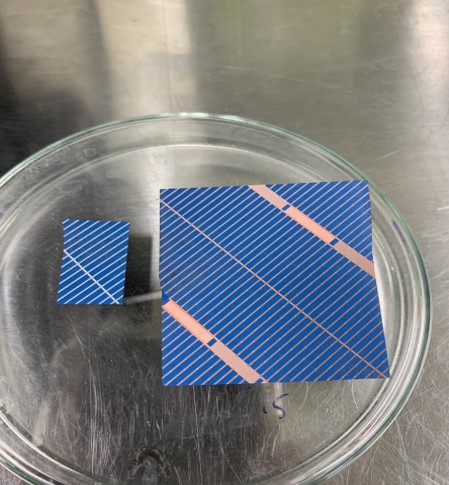| Technical Name | Revolutionary innovation of solar cells opens a new situation for the green energy industry | ||
|---|---|---|---|
| Project Operator | Engineering & Technology Promotion Center | ||
| Project Host | 李文熙 | ||
| Summary | Solar cell metallization is a crucial point of optimization for silicon solar cells both technologically and from a cost point of view. The existing silver material for metallization may become critical in the future with respect to high material costs, cost fluctuations, and large scale availability. |
||
| Scientific Breakthrough | The team developed for many years to use thick film printing to make aluminum electrodes, and then use the high oxidation potential of the aluminum electrode itself to soak the sintered thick film aluminum electrode in various metal solutions with lower oxidation potential to adjust the appropriate solution. Various metals and alloys can be obtained by temperature, pH value, and immersion time. This technology overcomes the problem that base metals or alloys that are generally easy to oxidize at high temperatures can only be synthesized under extremely high temperatures and must be reduced in the atmosphere. |
||
| Industrial Applicability | Using the novel metallization technique, the existing noble metal Ag applied to solar cells would be replaced by base metal Cu. It would make the cost and efficiency of the exiting solar cell greatly improved. |
||
| Keyword | PERT solar cell Al electrode Cu electrode Thick film screen printing Al electrode Thick film screen printing Ag electrode Chemical replacement Cu electrode Bifacial solar cell Metallization, Oxidation potential Ohmic contact resistance | ||
- mrkuo1116@hotmail.com
other people also saw







